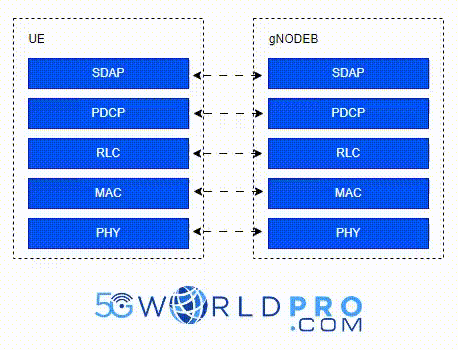🔍 Exploring 5G : Delving into 5G standalone Qos between me and Tech explorer 📶
💬 You: As someone delving into the intricacies of 5G, I’m intrigued by the differences between Non-Standalone (NSA) and Standalone (SA) networking architectures. Could you elaborate on how SA networking differs from NSA networking?
💬 Tech Expert: Certainly! In SA networking, the core network is the 5G core network (5GC), replacing the EPC used in NSA networking. Additionally, the base station is the gNodeB instead of the eNodeB. SA networking exhibits lower delay, higher data rates, and increased connection capacity compared to NSA networking. Moreover, SA networking introduces higher Quality of Service (QoS) requirements for services, necessitating a new QoS architecture to enhance service identification and management flexibility.
💬 You: That’s quite insightful! I’m particularly interested in understanding how QoS management is handled in SA networking. Can you shed some light on that?
💬 Tech Expert: In SA networking, QoS management is based on QoS flows, analogous to EPS bearers in NSA networking. The network utilizes QoS flows as fundamental units for Service Data Flows (SDFs). SDFs between the core network and User Equipment (UE) are transmitted through QoS flows, while Data Radio Bearers (DRBs) are utilized between UEs and gNodeBs over the air interface. To map QoS flows to DRBs, 5G introduces the Service Data Adaptation Protocol (SDAP) layer, added exclusively to the user plane. This layer facilitates the addition of QoS Flow Identifiers (QFIs) in data packets and maps one or more QoS flows to a DRB.
💬 You: Ah, I see. So, how do these mapping relationships between QoS flows and DRBs function in SA networking?
💬 Tech Expert: In SA networking, DRBs on the air interface between UEs and gNodeBs maintain one-to-N (N ≥ 1) mapping relationships with QoS flows. These mappings are flexibly determined by the gNodeB, allowing vendors to define mapping rules as needed. This approach enhances the adaptability and efficiency of QoS management in SA networking.
💬 You: Thanks for the clarification! Can you elaborate more on the role of the Service Data Adaptation Protocol (SDAP) layer and how it fits into the 5G user-plane protocol stack?
💬 Tech Expert: Certainly! The SDAP layer is a crucial addition to the user-plane protocol stack in 5G. It’s responsible for two primary functions: First, it adds the QoS Flow Identifier (QFI) in data packets, which the receiver reads from the SDAP header. Second, it maps one or more QoS flows to a DRB. This mapping ensures that the appropriate QoS requirements are met for each data packet transmitted over the air interface.
Don’t miss our 5G online courses to learn more about this technology :
Benefit from Massive discount on our 5G Training with 5WorldPro.com
Start your 5G journey and obtain 5G certification
contact us: contact@5GWorldPro.com


